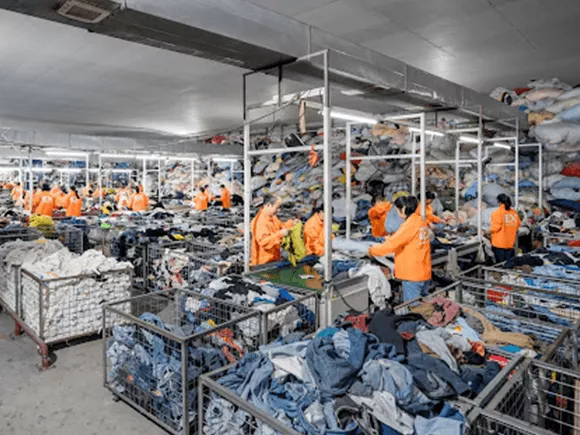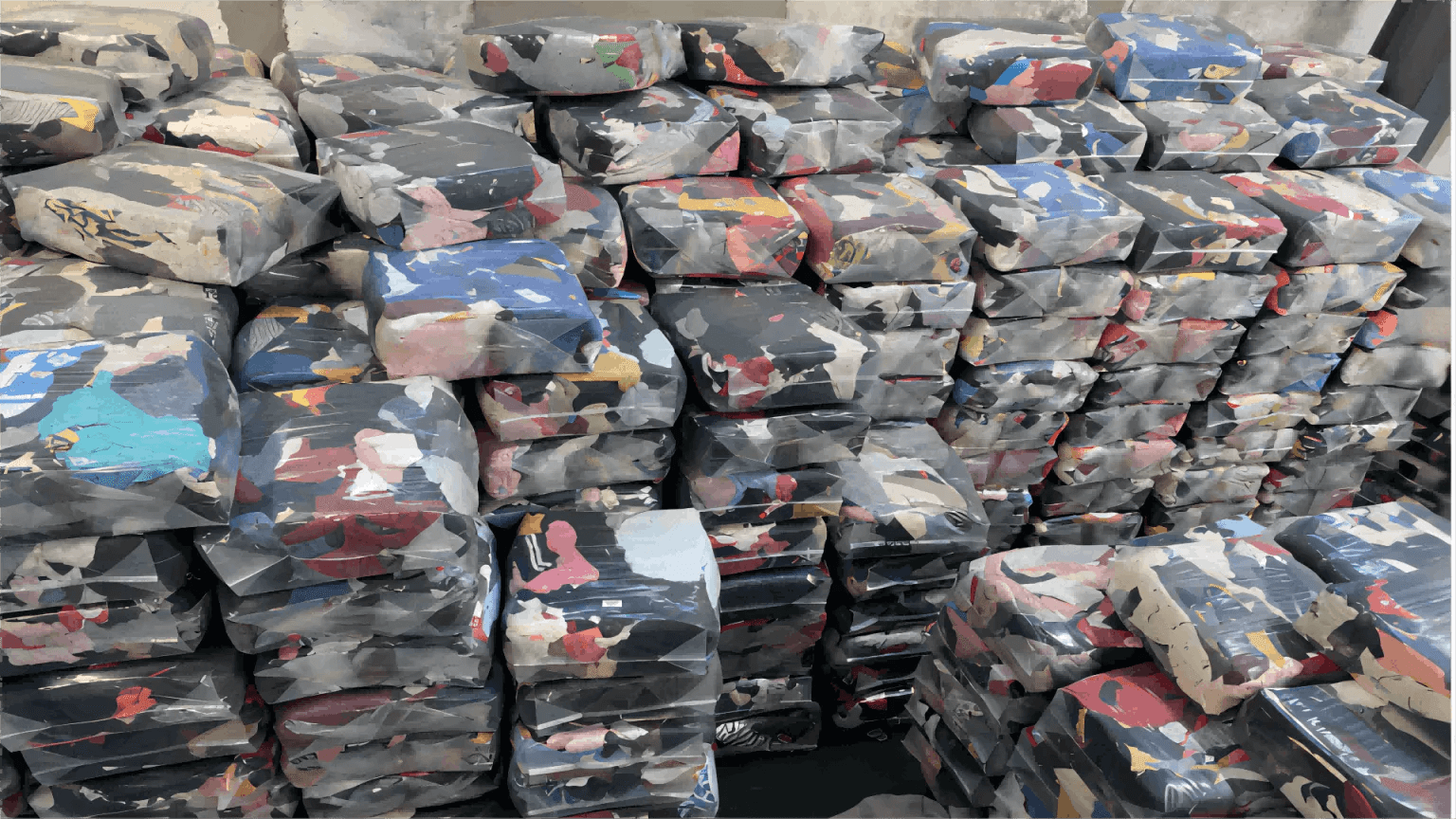At one time or another, a lot of people have at least bought one item or another at a charity shop, yard sale, second-hand store, or auction. A report made for the 2020-2021 financial year showed that at least one second-hand item ended up in the hands of 72% of people.
Buying used items like clothes, toys, jewelry, shoes, etc. does not necessarily mean that a person can not afford to get the newer versions of these items. There are a million and one reasons why people usually patronize thrift stores and second-hand marketplaces aside from cost-effectiveness.
One major reason why a lot of people opt for second-hand items is their rarity. In most cases, used clothing lovers are more likely to find their desired vintage wear in a second-hand clothing store than in a store that only sells new attires.
Numerous questions have been raised as to why people buy second-hand items instead of new ones which they can also afford. This article is a tell-all on the importance of second-hand clothing.
A Brief History of the Second-hand Clothing Market
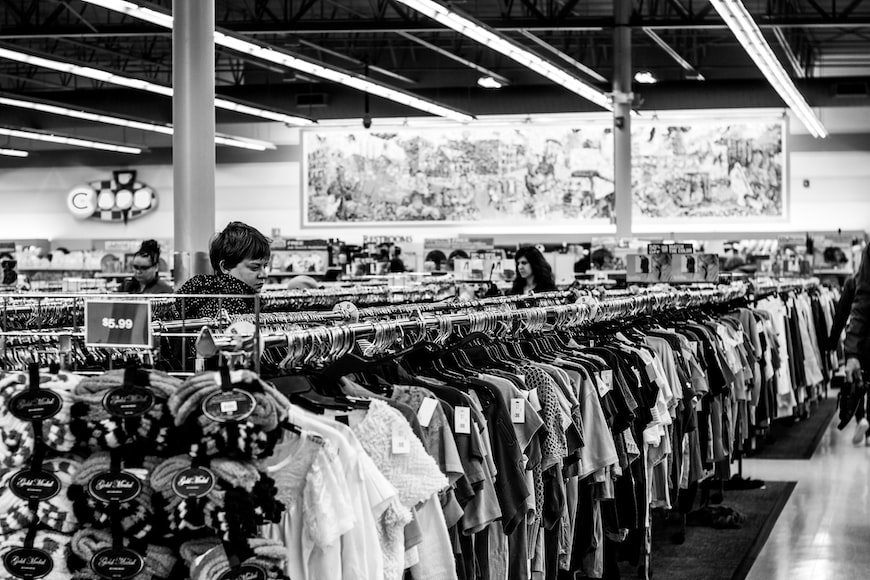
The sale and purchase of used items such as clothes have been in existence for as long as goods and trade institutions have generally existed. However, a history of a regulated second-hand clothing market can be traced down to sometime around the nineteenth century. All through the North American and European continents, the clothing market for a majority of the population was constituted chiefly of second-hand garments (well, maybe except for the wealthy).
Shortly after the end of World War II, these territories experienced a significant amount of rebuilding efforts which ushered in an economic growth era resulting in broader income distribution, mass production of affordable clothes, and an increase in general purchasing power.
These factors caused a significant reduction in the demand for second-hand clothes by the general public. Fast Forward to the late 20th century and early 21st century, the demand for second-hand clothing had gotten to a new all-time high. In Germany, a 1960s-themed pop culture style had become popular among young people. The 1960s style was heavily evident in German music, movies, and material culture. These sudden 21st-century trends set a very high demand for second-hand clothes as only there can one find authentic in-demand retro and vintage style garments.
In developed nations, second-hand clothing markets became patronized for the purchase of vintage, retro, and special garments that were not available as brand new. Developing countries on the other hand witnessed a mass importation of second-hand clothes as there was an increasing demand for a less-expensive source of clothing.
The demand for second-hand clothing by these two distinct worlds can be itemized into the world of fashion (developed countries) and the world of thrift (developing countries). These distinctions are mainly a result of a difference in industrialization and the size of the economy. An obvious fact from this demand for second-hand clothes is that it enjoys attraction from both rich and poor dress-sense consumers.
How is Buying Second Hand Clothes Good for You
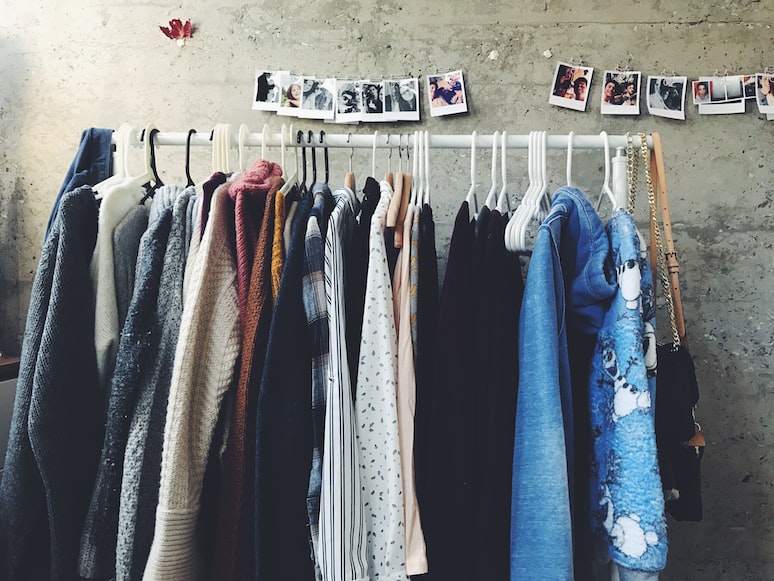
It is worthy of note that the second-hand clothing market is independent of the general fashion industry and it is not controlled or regulated by any fashion house or body. Hence, buying second-hand clothes hold several advantages that are separate from what is obtained in the brand-new fashion market.
So why should you buy second-hand clothes? Let’s look at some of the ways buying second-hand clothes will directly benefit you:
- Second-hand Clothes are Budget Friendly
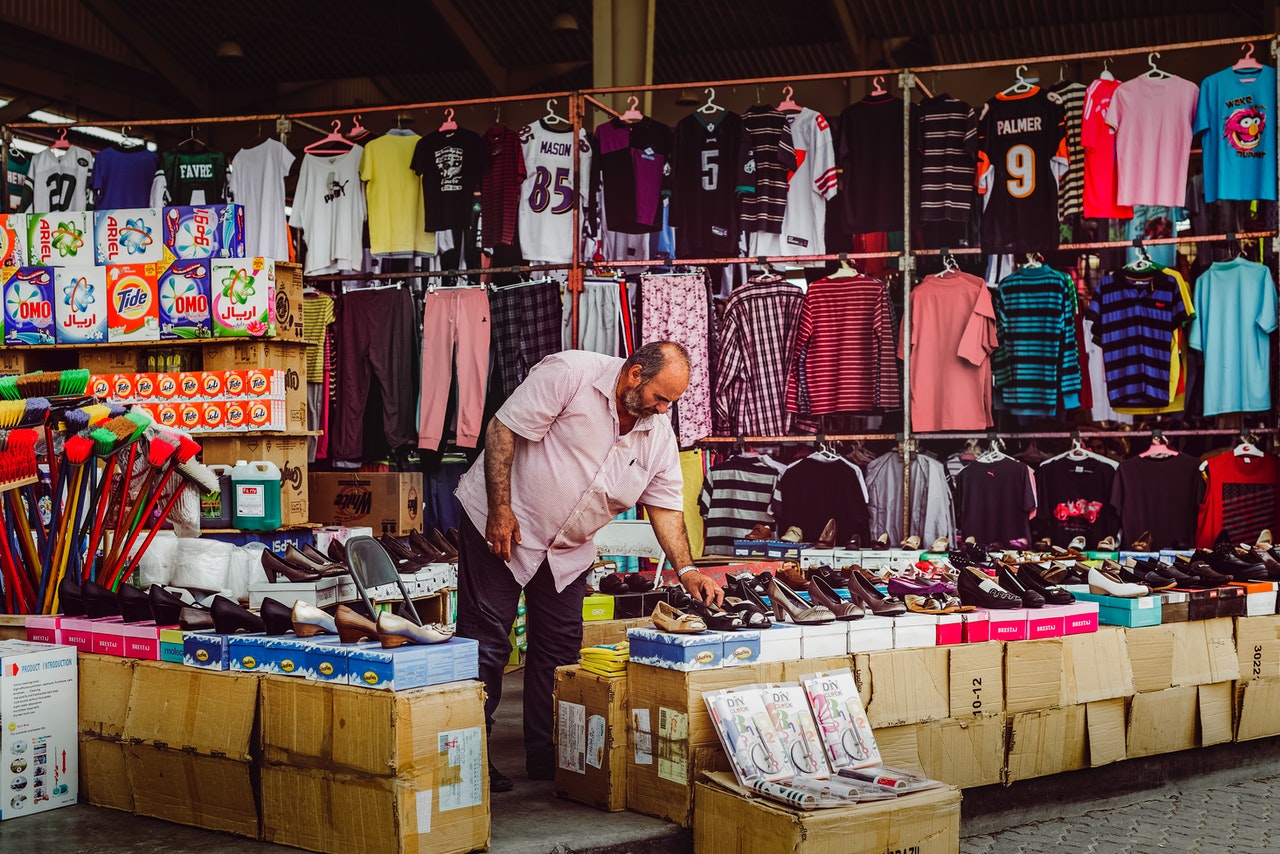
For many textile consumers, affordability is one of the biggest factors that determines what they will buy and how many they buy. One of the most popular benefits of patronizing second-hand item stores is that you will find different kinds of clothing pieces for amazing and unbeatable deals.
You do not need to break the bank to create a fashionable wardrobe. Items available in thrift stores come at steal-away prices as you do not need to pay full prices for them, sometimes not even up to half. Low prices make it easier to get 2nd hand clothes for sale.
Even though attires in second-hand cloth markets are cheap, they are not of lesser quality. Many of the clothes are made from the best quality materials, some coming from well-known and reputable luxury fashion houses around the world.
- Wide Variety Of Fashion Picks
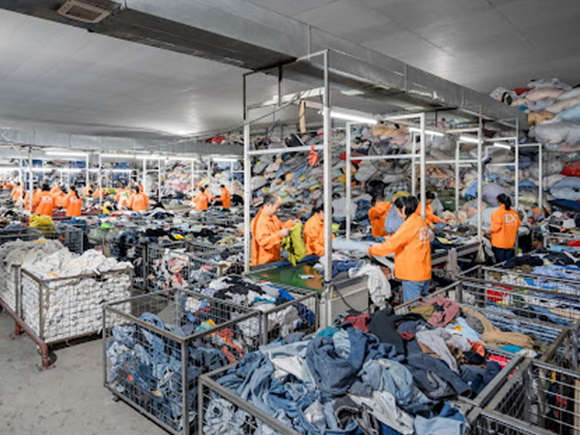
Another is that you get to choose from a wide variety of clothes all in one place. With second-hand clothes, you get a very large array of styles to pick from, ranging from old and current trends like retros, classic wears, vintage, and plain simple pieces.
When shopping for second-hand clothes, you will come across large selections of used clothes made by different world-class brands. Ordinarily, if you want an American Express shoe, you will need to go to a store that sells them. If it’s an used Adidas branded shoes or a Nike sportswear you’re looking for, you go to a store that offers them for sale especially.
However, visiting a second-hand market gives you the opportunity to find all the different brands in one place, sourced from their different specialized stores across the globe. You will find different styles, brands, and unbeatable prices at a second-hand clothing market.
- Better Quality Pieces
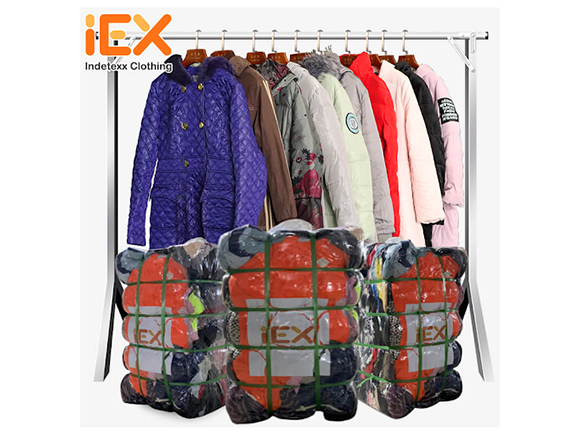
Before the advent of mass-produced goods and fast fashion materials, clothes were manufactured using high-grade materials with an even much higher level of craftsmanship than it is now when everything is mass-produced with machines.
The beauty of shopping for second-hand clothes is that you can still get this high level of quality at an even lesser rate than it was originally sold for. These clothes have already endured the test of time, and their quality ensures that they stand to be used for more years.
Fashion consumers may be enticed by some new clothes because they seem to be cheap (and still new). In most cases, cheap brand-new clothes often compromise on quality.
Purchasing poor quality garments just because they’re new and cheap will cause you to buy another set of clothes soon because these kinds of clothes do not last long. They either wear out or fade. The better deal is to buy second-hand clothes that pay off over time in the form of their longevity.
How do you know if a second-hand cloth is of high quality?
Well, it is not very difficult. Some items from second-hand clothes supplier stores are vintage. And for a merchandise to become vintage, it must have remained unaltered and should have kept its original shape for more than 15 years. The authenticity and quality of any item that has already lasted that long should not be doubted. The very existence of second-hand clothing is a clear demonstration of its longevity potential.
Why is Buying Second Hand Clothes Good For The Environment?

Now that we have seen some of the numerous benefits of buying second-hand clothes, let us take a look at the environmental impact of second-hand clothing and how the market affects our society as a whole.
When you shop for second-hand clothes, you feel that you have successfully gotten the best value for a really impressive bargain. What you do not know however is that you have taken very important steps toward protecting the ecosystem and maintaining a greener earth. The textile industry’s environmental impact is bigger than you imagine.
In what ways is second-hand clothing sustainability impacting the environment exactly?
- Fewer Clothes End Up in Landfills
In 1980, 4.6 billion pounds of clothing and textile materials were dumped into landfills by Americans alone. By 2000, the quantity of textile waste that was chucked into landfills had tripled to about 12.5 billion pounds. Now, imagine how many tons of clothes are wasted each year.
According to the data on cloth landfilling provided by the Environmental Protection Agency, a massive 21 billion pounds of used waste clothing were disposed into landfills in 2015. That is how many clothes are wasted in a year and this trend keeps going on yearly.
Want to help reduce this mind-blowing figure of clothing waste that goes into the earth yearly? Buy second-hand clothes. When you buy a used cloth, you save it from being sent to the landfill, and the higher the demand for second-hand clothes gets, the lesser number of cloth waste will end up in a landfill.
Just an effort as little as buying second-hand clothes can help the world fight pollution as you would have successfully reduced how many clothes go to waste each year.
- Helps to Save Natural Resources
Manufacturers of clothes and clothing accessories make use of raw materials that are gotten from natural resources. Some of the natural resources include wood, water, and land amongst others which could take a very long time to renew while others might not even renew at all. According to scientists, if the world continues at its present rate of oil consumption, we would only have an estimated 47 years of oil left.
The exploitation of natural resources for the production of new clothes is very extensive and can not be exaggerated. Water for example is one of these resources receiving huge blows from cloth production.
According to a 2018 report made by the United Nations Partnership on Sustainable Fashion, almost 90% of the wastewater produced in the world comes from the fashion industry. WWF stated that to produce 1kg of cotton, 20,000 liters of water is needed; for relatable context, you need 20,000 liters of water to manufacture a single jean or T-shirt.
The production of new clothing items bears a negative impact on the environment, the process of acquiring the needed materials needed for production causes harm to wildlife and endangers the ecosystem. For these reasons, it is therefore more ethical to reuse clothes. When you buy second-hand clothes, you have to a significant extent played a part in reducing the need for the exploitation of natural resources.
According to a 2017 study conducted by the Journal of Cleaner Production which assessed the life cycle of a pair of jeans, a cotton t-shirt, and a polyester dress, it was discovered that quadrupling the average lifespan of these clothing items will result in a 75% reduction freshwater used for dyeing and other textile manufacturing processes.
In another report that was commissioned by the Nordic Council of Ministers, 19 billion gallons of water and 425 million pounds of CO2 can be saved annually if textiles made in or exported from Nordic countries are recycled or reused.
Recycling clothes, giving out used clothes, and shopping for original second-hand clothes helps to protect the earth from further resource depletion and also protect wildlife and the ecosystem.
- Buying Second Hand Clothes Reduces the Use of Hazardous Substances
Just like natural resources, the use of some hazardous substances for cloth production can not be avoided. Cotton, for example, the primary and most used raw material for the production of textiles and other clothing apparel is an agricultural produce that is grown commercially with the aid of chemical substances. The cultivation of cotton requires a large amount of pesticides and fertilizers which acidifies the soil and contaminates the water supply.
To produce 1kg of cotton, farmers would need to apply over 3kg of chemicals and billions of tons of cotton are required by textile factories globally. The amount of hazardous substances required to meet such demand is mind-blowing.
According to a fashion industry report made in 2018 by the Global Fashion Agenda, the cultivation of cotton for the apparel and textile industry consumes 16% of all insecticides in the world, 4% of nitrogen and phosphorus fertilizers, and 7% of herbicides.
It is just unavoidable that the production of new clothes will further fuel the use of hazardous substances which cause harm to our ecosystem. Rather than add to this problem, efforts can be made to save the planet. One of these is buying second-hand clothes. Recycling and reusing fabrics will result in a more sustainable and friendly environment.
- Saves Energy
A lot of energy is needed for the operation of production machines and to power factories. The amount of energy required to complete a production process depends on the number of clothes that will be produced, and the number of clothes to be produced depends on the demand for them. The electricity used for production is derived using energy sources like oil, natural gas, coal, and nuclear energy to mention a few.
The sources of energy used to power the clothing industry contribute heavily to the destruction of the ecosystem. Buying second-hand clothes reduce the need for the production of more clothes and this ensures that these companies that produce clothes will not need to generate as much energy as they would have if they were producing larger quantities.
Buying second-hand clothes will also help to reduce the carbon footprint in the textile industry as the transportation line of shipping new clothes around the world will be reduced. The fuel consumption of transport vehicles used to distribute goods, be it air, land, or sea, can then be avoided. The American Apparel Association, in a report from 2017 says that for each second-hand clothing that’s bought, 500 pounds of carbon emissions is prevented yearly. This then reduces the world’s carbon footprint by more than 80%.
Let us look at some textile pollution statistics:
- When disposed of in a landfill, it can take more than 200 years for textiles to decompose
- According to a report made by the World Economic Forum, fashion is the world’s third-largest source of pollution after construction and food.
- Almost 20% of the planet’s wastewater comes from the fashion industry
- Textile dyeing is the world’s second-largest water polluter.
- About 10% of greenhouse gas emissions in the world is caused by the fashion industry.
Second-hand Clothes Import In Africa
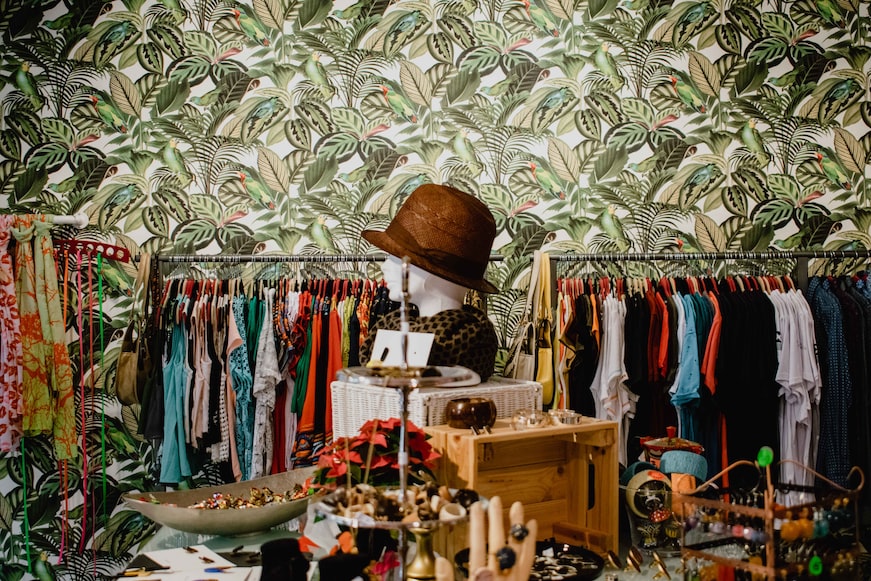
Africa in the past few decades has experienced a large influx of second-hand clothes into the continent. And to some extent, it has had both positive and negative impacts. Week in and week out, thousands of bales containing second-hand clothes arrive at the ports of African nations waiting to be pounced on by prospective retailers.
These bales of clothes when opened contain items of different values and styles, they are taken to the market, making their way to inner cities and villages. The affordability of second-hand clothes allows them to sell really fast. Everyone, from government workers to traders and farmers shop at these second-hand clothing markets.
For sellers, opening bales of clothes is like opening Pandora’s box. All sorts of clothes of varying values are found, some even worth as much as a thousand dollars if purchased as brand new. For buyers in Africa, buying these second-hand clothes is an opportunity to hook themselves up with classy styles at a very cheap cost. However, in recent years there has been a slight decline in the patronization of second-hand clothing. A possible factor that could be responsible for this is the poor quality of some of the clothes that are now shipped to Africa.
The great quality standard which had been associated with second-hand clothes is fast dropping. While speaking to Renewable Matter, Ghanaian activist and journalist, Akuvi Adjabs revealed that 90% of clothes found in the bales can not be readily sold because of their poor conditions. Many of these clothes are Fast Fashion, they were not really built to last.
These recent conditions are a result of importing from low-quality suppliers. To avoid this, it is recommended to get your top quality 2nd hand clothes wholesale supplies from a reputable second-hand clothes supplier.
Purchasing quality second-hand clothes from overseas is even faster, smoother, and easier when gotten from China Indetexx Second-hand Clothes. Retailers and wholesalers alike are assured of getting their full money’s worth and even more because Indetexx only exports first grade clothes to anywhere in the world while the second-hand clothes of poor quality end up in the landfill.
Impact of Second-hand clothes on the African Economy
As much as the second-hand clothes market has been aesthetically and environmentally beneficial to Africa and the world at large, it has also exhibited some negative economic impacts on the African continent. The second-hand clothes market consisting of unsorted clothes wholesalers does not give local textile and apparel producers enough control of the general clothing market.
According to the United Nations Statistics Division, Africa is a destination (or what you would call a dumping ground) for millions of tonnes of second-hand clothes each year. This does not benefit the local economy. If the importation of second-hand clothes continues at this rate without any moderating regulation, the people will see no need for them to continue producing locally, hence bringing the death of industrialization in Africa.
Bottom Line
Even though there have been calls from several quarters for the importation of second-hand clothes to be regulated, the availability of these first grade quality cheap used clothes in the market is a joy that most clothing shoppers love to behold. The old scarfs, suits, gloves, t-shirts, trousers, ties, etc. continue to attract a loyal buying public who believes second-hand clothes are not alternatives to new fast fashion clothes, but a better choice.




